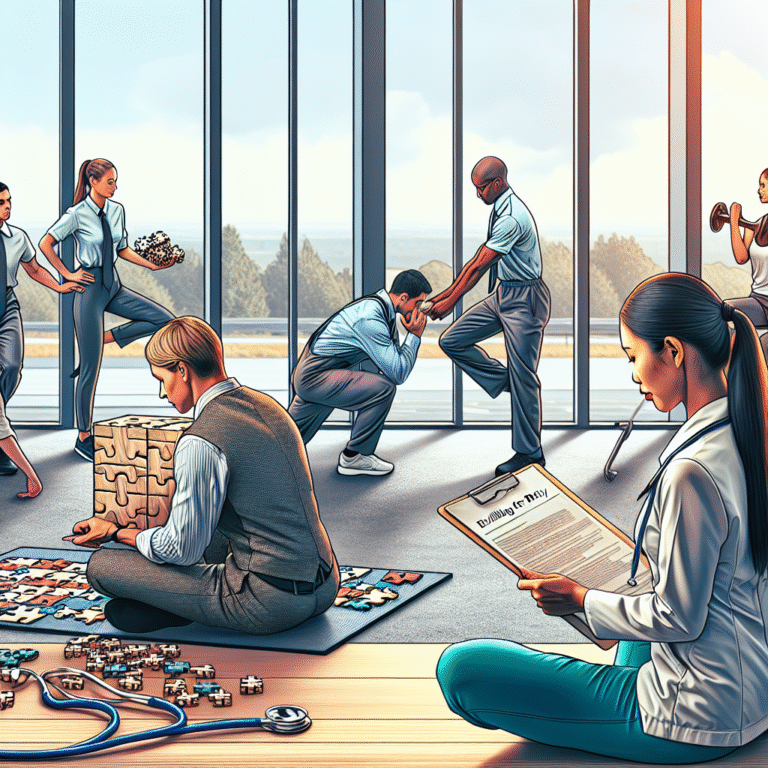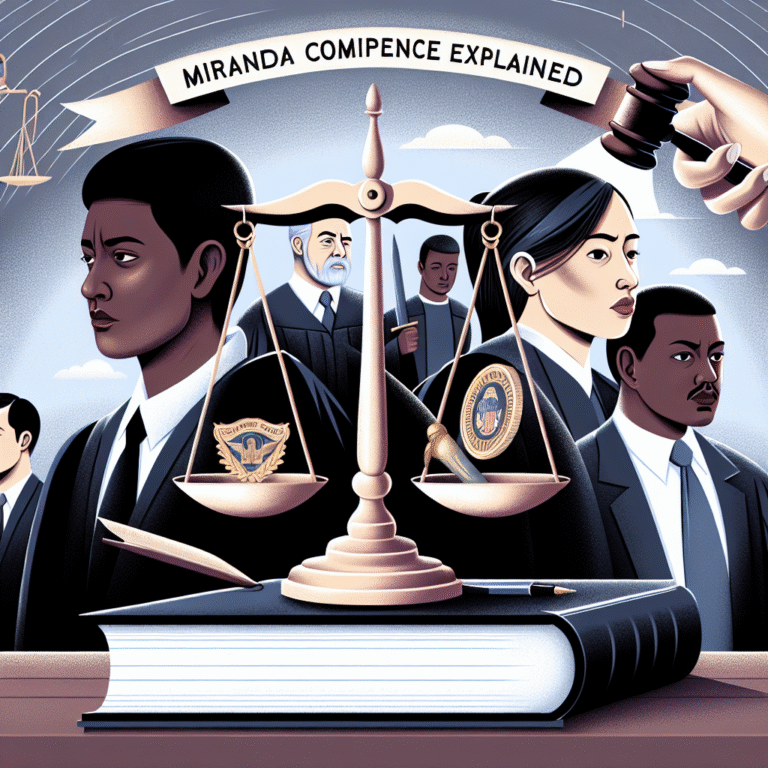
Introduction
Imagine trying to recall a cherished childhood memory, only to find it warped by time, suggestion, or even someone else’s recounting. Memory is a fickle entity—it shapes our identities, influences our decisions, and colors our perceptions of reality. This intricacy becomes even more complex when considering From Childhood to Adulthood: The Long-Term Effects of Memory Contamination. Understanding how our memories can be contaminated and altered can lead to profound insights into our personal development and relationships.
The Nature of Memory
What is Memory Contamination?
Memory contamination refers to the alteration of memories due to external factors—suggestions made by others, exposure to new information, or even the overwhelming influence of emotion. This phenomenon can distort our recollections, causing us to remember events that may not have occurred or to confuse details.
The Process of Memory Formation
To comprehend the impact of memory contamination, it is essential to grasp how memory works. Memories are processed through stages in our brains, including:
- Encoding: The process of converting perceptions into a construct that can be stored.
- Storage: Where the converted information is held in the brain for potential recall.
- Retrieval: The act of recalling stored information when needed.
Each stage is vulnerable to contamination, leading to inaccuracies. For example, a simple comment from a friend could alter how we remember a birthday party, sowing seeds of doubt into an otherwise clear recollection.
The Neuroscience Behind Memory Manipulation
When exploring From Childhood to Adulthood: The Long-Term Effects of Memory Contamination, it’s vital to consider the neuroscience involved. Research has shown that the brain is remarkably plastic; it can adapt and reorganize itself based on experiences and interactions. This malleability means that memories are not static. Instead, every recollection is a reconstructive process that is susceptible to distortion.
Real-Life Implications
The ramifications of memory contamination are profound. From eyewitness testimonies in courtrooms to the personal narratives we tell ourselves, our memories can significantly influence our lives. The following sections will explore various dimensions of this topic, emphasizing real-world applications and relevant case studies that illuminate the intricate relationship between memory contamination and our growth from childhood into adulthood.
Memory Contamination in Childhood
The Importance of Early Memories
The memories formed during childhood play a crucial role in shaping our self-perception, values, and beliefs. These formative experiences influence our outlook on life and interpersonal relationships. However, if these memories are humanly or externally contaminated, the repercussions can extend into adulthood.
Case Study: The Lost in the Mall Studies
One of the hallmark studies on memory contamination was conducted by Elizabeth Loftus in the 1990s. She demonstrated that people could be led to "remember" events that never occurred, such as being lost in a mall as a child. In her experiments, Loftus managed to implant false memories in participants through suggestive phrasing. The implications of this study reach beyond theoretical discussions; it emphasizes how even minor suggestions can drastically alter memories formed in childhood.
| Age Group | Recalled Event | Contamination Method | Accuracy |
|---|---|---|---|
| 6-7 years | Lost in a mall | Family discussions | 30% |
| 8-9 years | Birthday party mishap | Suggestive questioning | 25% |
Emotional Influence on Childhood Memories
Emotions play a pivotal role in memory formation. Studies have shown that emotional experiences are generally more vivid and better remembered. However, heightened emotions can also lead to distortion.
Case Study: Trauma and Its Aftermath
Consider a case of childhood abuse or trauma. As individuals grow, suppressed memories may resurface, often contaminated by the new psychological narrative they have built around those experiences. An adult reflecting on childhood trauma may remember moments differently, influenced by therapy discussions or shared stories about similar experiences among peers.
The Ripple Effect into Adulthood
As we transition from childhood to adulthood, the memories and experiences we retain continue to affect us. Positive memories can foster resilience, while contaminated negative memories may hinder personal growth.
Memory Contamination in Adulthood
The Manifestation of Altered Memories
As we encounter new experiences, our existing memories can be reshaped. This process is prevalent among adults, where recalling an event may be influenced by discussions with friends, social media portrayals, or even the evolving context of one’s life.
Case Study: Eyewitness Testimony
The reliability of eyewitness testimony has been a topic of debate in legal settings. The infamous case of the California v. Thomas decision exemplifies how memory contamination can lead to wrongful convictions. Testimonies can be swayed by the way questions are framed, leading individuals to recall details that fit the narrative suggested by the questioning.
Psychological Impact
The mental health implications of memory contamination during adulthood are significant. Distorted memories can lead to issues such as anxiety, PTSD, and depression, particularly when memories of trauma are involved. Reconstructing an accurate understanding of one’s past can be therapeutic, yet daunting, particularly if the ingrained memories have been significantly altered.
Healthy Memory Practices
Strategies for Memory Preservation
As we explore From Childhood to Adulthood: The Long-Term Effects of Memory Contamination, it becomes clear that taking proactive steps to preserve the integrity of our memories is essential. Here are some strategies:
- Documenting Experiences: Keeping journals or diaries can help maintain accurate records of events.
- Discussing Memories: Open discussions about memories with trusted individuals can help clarify distortions.
- Mindfulness Practices: Engaging in mindfulness and meditation can enhance emotional regulation, allowing for healthier recollections of the past.
Therapeutic Conversations
Therapy can also play an essential role in addressing contaminated memories. It can provide a safe space for individuals to navigate their past, reconstructing their narratives with professional guidance to foster understanding and healing.
Conclusion
From childhood to adulthood, the journey of memory is fraught with challenge and opportunity. From Childhood to Adulthood: The Long-Term Effects of Memory Contamination teaches us that while our memories shape who we are, they can also lead us astray. By understanding the fluid nature of memory and employing strategies to protect and preserve our recollections, we can navigate our personal histories with greater clarity.
Key Takeaways
- Recognize the impact of memory contamination on personal narratives.
- Utilize documentation and conversation to preserve memory integrity.
- Find therapeutic avenues to explore and reconstruct memories.
FAQs
1. What is memory contamination?
Memory contamination occurs when external influences, such as suggestions or discussions, alter or distort one’s recollections of events.
2. How does memory contamination affect childhood memories?
Contaminated memories formed during childhood can shape self-perception, beliefs, and future interpersonal connections, potentially leading to long-term psychological effects.
3. Can memory contamination be reversed?
While completely reversing contaminated memories may be challenging, therapy and reflection can help individuals reconstruct a more accurate understanding of their past.
4. How can I protect my memories from contamination?
Keeping journals, engaging in thoughtful discussions with trusted friends or family, and practicing mindfulness can help safeguard the integrity of your memories.
5. Are there any techniques to uncover repressed memories?
Therapy techniques, such as guided imagery or cognitive behavioral therapy, can assist individuals in confronting and understanding repressed or distorted memories.
In exploring From Childhood to Adulthood: The Long-Term Effects of Memory Contamination, we uncover the powerful interplay between our past and present, motivating us to harness the strength of our memories while navigating the complexities of our lived experiences.

















